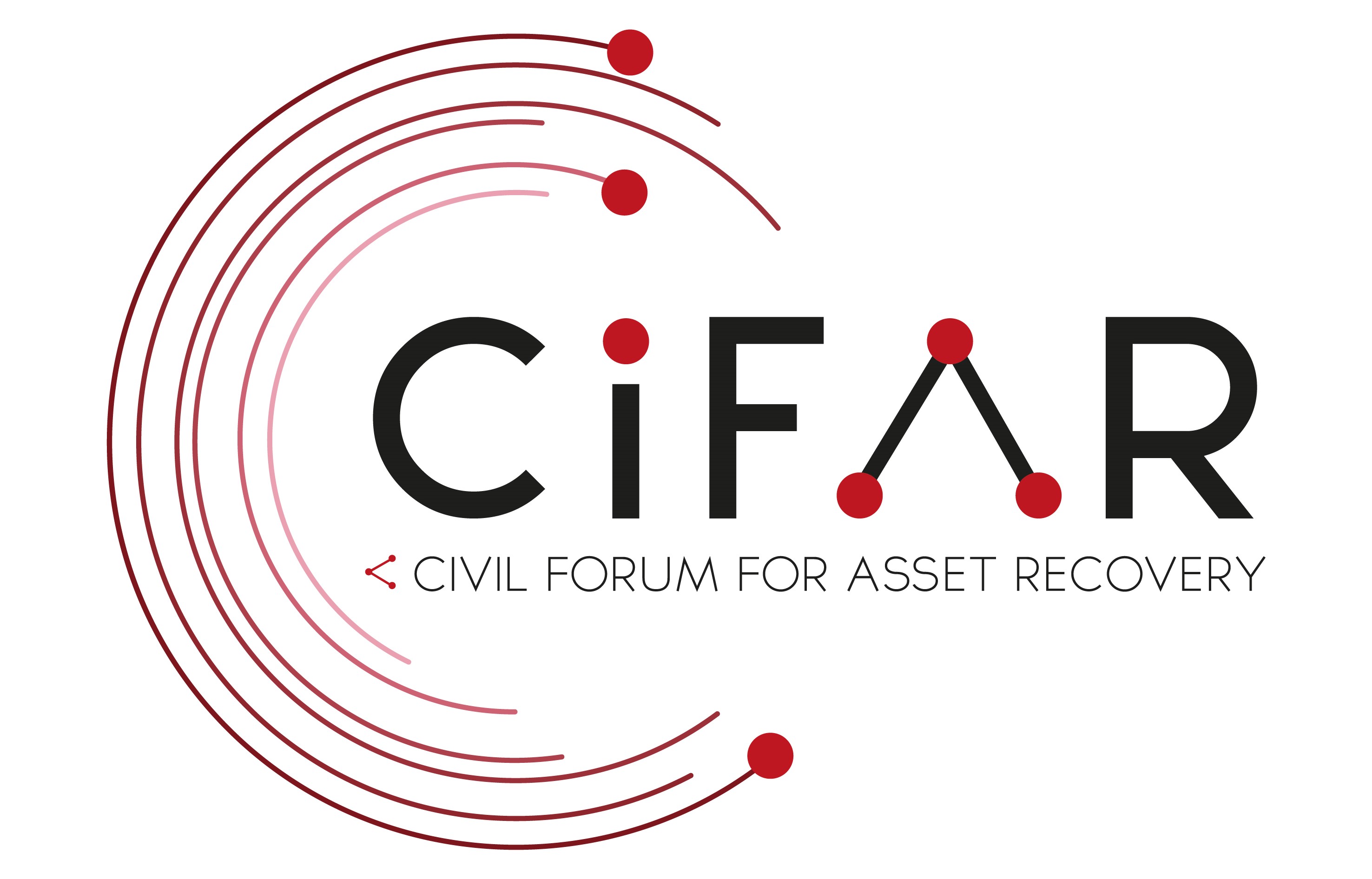The social reuse of recovered assets plays a vital role in ensuring that resources stolen through corruption and other crimes are redirected to benefit society.
When assets are forfeited, seized and confiscated, one of the ways they can be effectively utilized is through social reuse, which involves putting these assets to work in addressing the needs of society. This approach emphasizes the involvement of citizens and civil society in decision-making processes and the establishment of clear parameters for asset reuse.
By channelling recovered assets into social reuse projects, they not only serve as a deterrent to criminal activities, but also reinforce the message that crime does not pay. This practice is also particularly important for addressing the needs of communities deprived of essential resources due to criminal activities, including corruption.
Social reuse has been used for long periods by a limited number of countries, including Italy, which is often depicted as the leading example of a social reuse system for the recovered proceeds of crime. However, several jurisdictions have also developed social reuse legislation and policies and several more are considering a move towards greater social reuse of recovered stolen assets.
What we’re doing
CiFAR’s identified social reuse as a key issue in its work in 2023 and has included it as a thematic priority in its 2024 – 2027 strategy.
The Social Reuse of Recovered Assets in Kenya
This report looks at the growing practice of social reuse as a facet of the management and disposition of recovered assets. It considers how social reuse has been and could be further utilised as a concept in Kenya as a way to build community empowerment while fighting corruption.
